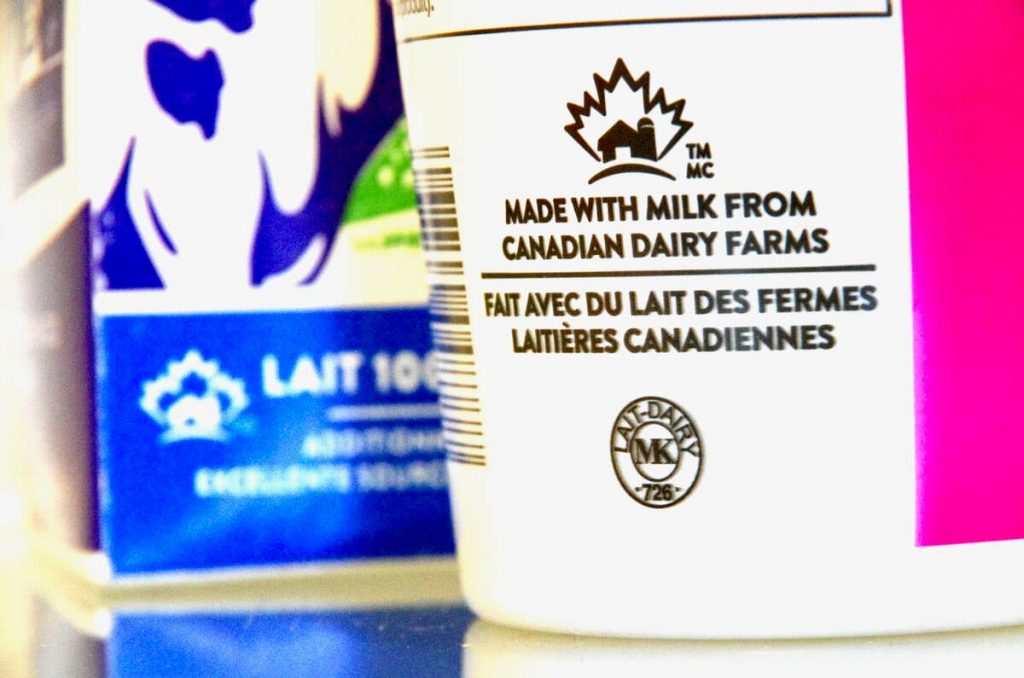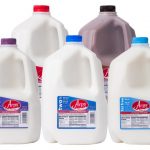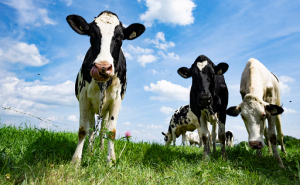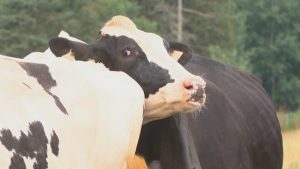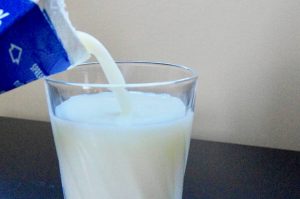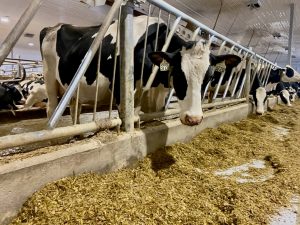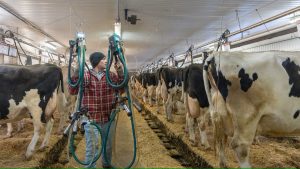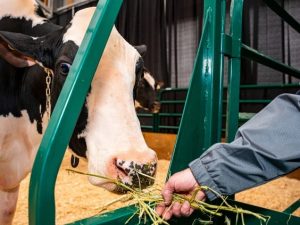
The trade landscape has changed between Canada and the U.S.; so must the discussion about supply management
Canadians would be wise to think about what they like eating for breakfast as our governments plot strategy for the next wave of tariff hostilities from our southern neighbours.
It’s widely speculated that when the Canada-U.S.-Mexico Agreement (CUSMA) comes up for renegotiation, one of the things the U.S. will come after is Canada’s supply management system for dairy, eggs and poultry.
More than a few have postured that if it makes for a better deal overall, our negotiators should be prepared to concede our protection for these sectors. They also argue that Canadian consumers deserve lower prices.
Only a few months ago, a private member’s bill before the Senate was the source of major debate in the agricultural community because, if passed, it would block such concessions. It seems like an eternity ago now.
Since President Trump was installed on Jan. 20, it’s become clear that this North American trade treaty is about as useful as second-hand toilet paper. There is no point renegotiating this treaty or forging any new ones with an administration that has no intention of adhering to them.
Canada’s discussions with the U.S. are no longer about striking a mutually beneficial deal. We’re now engaged in playground politics, and as any kindergartner can tell you, when you give in to a bully, they only come back wanting more.
Not only would opening our markets to more U.S. dairy, poultry and eggs be pointless as far as securing a credible deal, it would place the food security of Canadians at greater risk than it already is.
Many criticize Canada’s supply management system because average prices for these products tend to be higher in Canada than in the U.S. Truth be told, the same can be said for a lot of food products regardless of whether they fall under supply management.
U.S. food production and processing typically takes place on a much larger, more intensive scale. When things go wrong, the effects are also concentrated. Of the 157 million commercial birds killed because of the ongoing avian flu outbreak, 20 million are laying hens.
Prices for a dozen eggs across the U.S. have more than doubled. Prices are as high as US$9 per dozen in some stores — if there are any available at all. At least one major restaurant chain is charging a 50-cent surcharge on every egg served.
It remains to be seen what will happen to the U.S. dairy supply, which is facing a double whammy. Cows and dairy workers have been coming down with bird flu, which cuts into milk production. Then there are those election promises to deport undocumented workers, which make up half the dairy sector’s labour pool.
So far, there have been no cows detected with bird flu on Canadian dairy farms.
While Canadian poultry barns haven’t escaped the ravages of bird flu, because the barns in Canada are a fraction of the scale and more regionally dispersed, supply and steady prices have been maintained.
The system is working as it was designed to when it was established in the 1970s. Farmers receive a fair price and ensure Canadians have a reliable supply at a fair price in exchange for protection from external competition. Their access to export markets is likewise restricted.
Pressure on this uniquely Canadian system to conform with globalization and the dismantling of tariff and non-tariff trade barriers was relentless and intensifying until recent developments thrust nationalistic protectionism back onto the agenda.
This is not to suggest Canada can escape its reliance on exporting agricultural commodities. Non-supply managed sectors such as grains, oilseeds, beef and pork produce volumes that are far beyond the capacity of domestic markets to consume.
They are highly dependent on access to export markets, particularly in the U.S. It seems inevitable that they are about to get hammered in ways we couldn’t have imagined let alone predicted a short time ago. We can’t eat our way out of this mess, but we can stand by these producers in other ways.
And we can recognize that it would be folly to toss our supply-managed commodities onto the pyre as well.
You can now read the most important #news on #eDairyNews #Whatsapp channels!!!
🇺🇸 eDairy News INGLÊS: https://whatsapp.com/channel/0029VaKsjzGDTkJyIN6hcP1K
